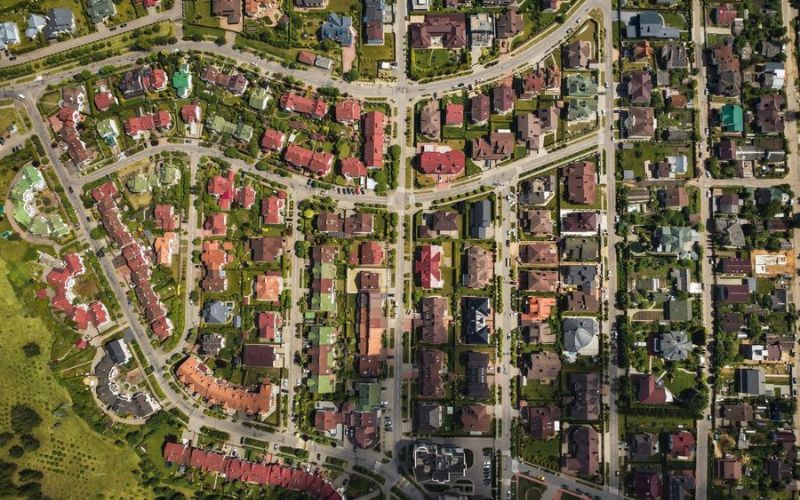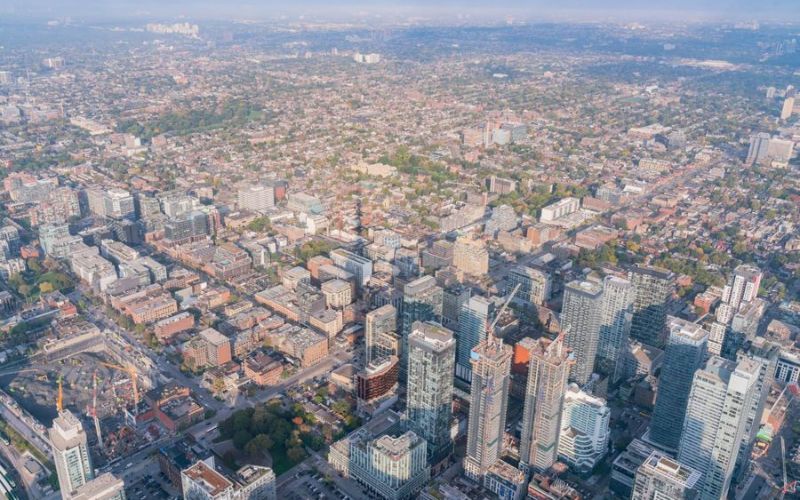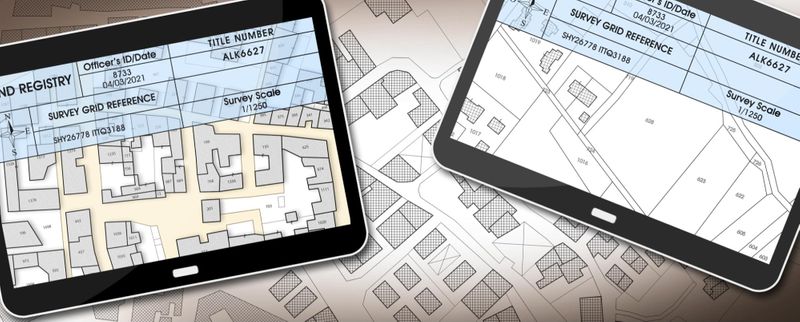To achieve the lofty goal of building 3.5 million additional new homes across the country by 2031, we are going to have to significantly boost efforts to densify housing in our major cities, especially Toronto.
To its credit, the city has already made some critically important moves that will help. Toronto council adopted as-of-right zoning which will allow up to four housing units to be built on a single lot in all low-rise residential neighbourhoods. The move could transform up to 70 per cent of the city’s yellowbelt, regions where traditionally only one single or detached home per lot was permitted.
The city is also doing public consultations on a Major Streets Study proposal to permit townhouses and small-scale apartment buildings up to six storeys and 30 units on properties located along main streets and designated neighbourhoods in the Official Plan. The major streets are important thoroughfares that cross long distances within Toronto and would benefit from a policy framework that encourages intensification of both non-residential and residential uses.
The study responds to city and provincial policy objectives to provide a full range of housing options to Torontonians in a form that makes efficient use of land, infrastructure, and existing services. It is one of the most important land use studies currently under way in the city. To reach housing affordability and reach low-carbon goals, Toronto will need much more density near transit.
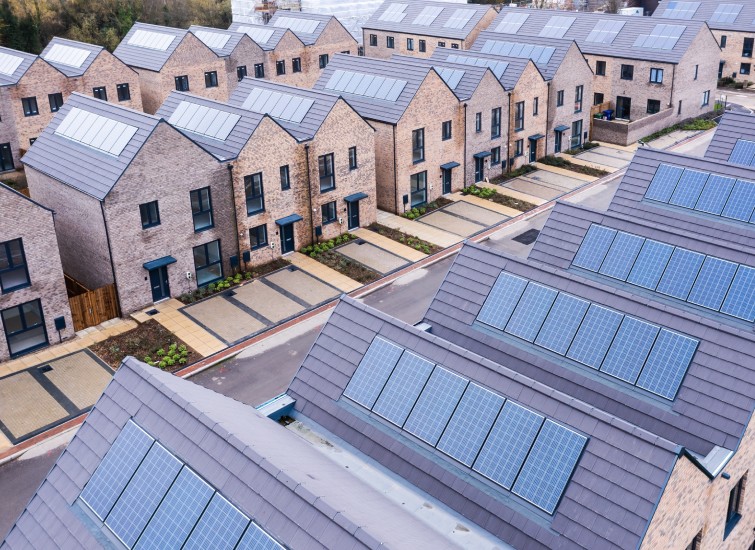
A report is expected in the first quarter of next year. If approved, the proposal would open the door to even more low-rise residential buildings in existing neighbourhoods.
There is no reason to restrict more density on major avenues and streets. There are plenty of examples of walk-up apartment buildings along our streets that were built a century ago. Over the years, barriers were put in place to discourage them from being built, but times have now changed.
Initiatives Have Worked Elsewhere
Plenty of other jurisdictions in Canada and abroad have hopped on the bandwagon and are focused on densification.
B.C., for example, has taken a bigger step by tabling legislation that would allow up to six units per single-family residential lot. In areas with more than 5,000 people, the province will require municipal governments to allow three to four units on lots that are zoned for single-family or duplex use, varying with lot size. Additionally, up to six units will be permitted on lots currently zoned for single-family or duplex use that are larger and close to transit stops with frequent service.
Municipalities in B.C. covered by the new provincial legislation can’t have bylaws that allow for fewer units than the provincial rule. However, they will be able to permit more housing than the legislation.
Earlier this year, Victoria also took significant action, adopting a proposal to allow multi-unit homes in most of the city where zoning has excluded anything but single-family homes for more than 40 years.
Further afield, in Auckland, N.Z., where the city implemented large-scale zoning reforms on roughly three-quarters of its residential land to facilitate construction of more intensive housing, it resulted in construction permits being issued for 21,808 additional dwellings over a five-year period.
So, the proof is in the pudding.
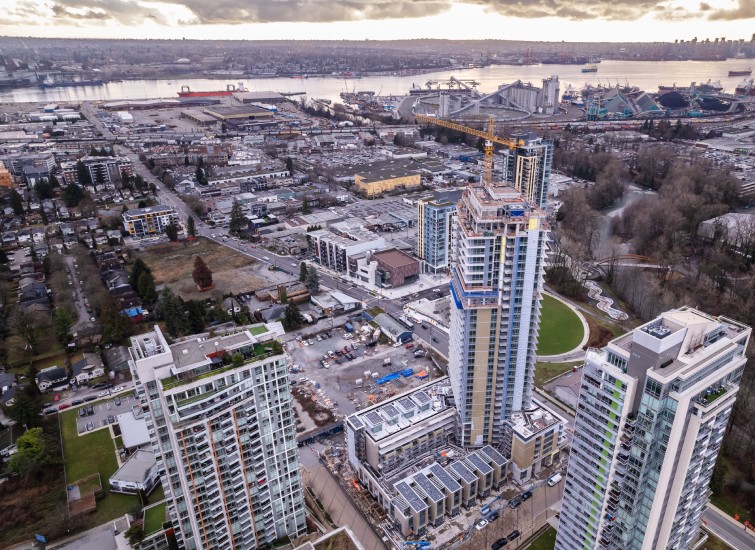
Support for High-Density Housing
Municipal Affairs and Housing Minister Paul Calandra is encouraging leaders of cities and regions to systematically increase housing density, particularly near transit hubs. In a letter, he encouraged leaders to look for opportunities to increase density and align it with existing and planned transit.
Interestingly, on a good note, a new poll shows most Canadians support increasing high-density housing – although they don’t want it in their backyards. Data published by Pollara Strategic Insights indicates that 60 per cent of Canadians say they support increasing housing density in cities.
When asked how they’d feel if a single-family home on their block was converted into a triplex, though, only 20 per cent said it would be a good thing.
Unfortunately, you can’t have it both ways. But greater density is a better alternative than urban sprawl.
In light of the housing crisis, there is no time to waste. We must allow more densification in our cities. Too many people are leaving our cities because they can no longer afford to live where they work.
While densification alone can’t solve the housing supply problem, in concert with other bold actions, it will make a difference.
Richard Lyall is president of the Residential Construction Council of Ontario (RESCON). He has represented the building industry in Ontario since 1991. Contact him at media@rescon.com.




